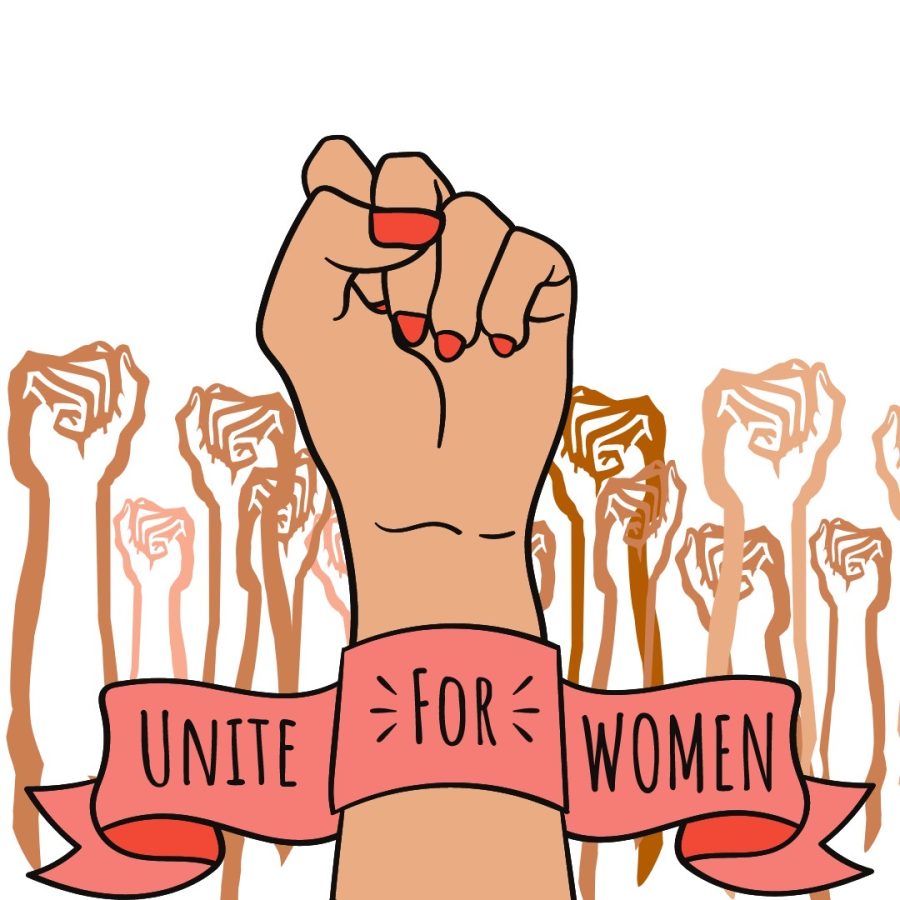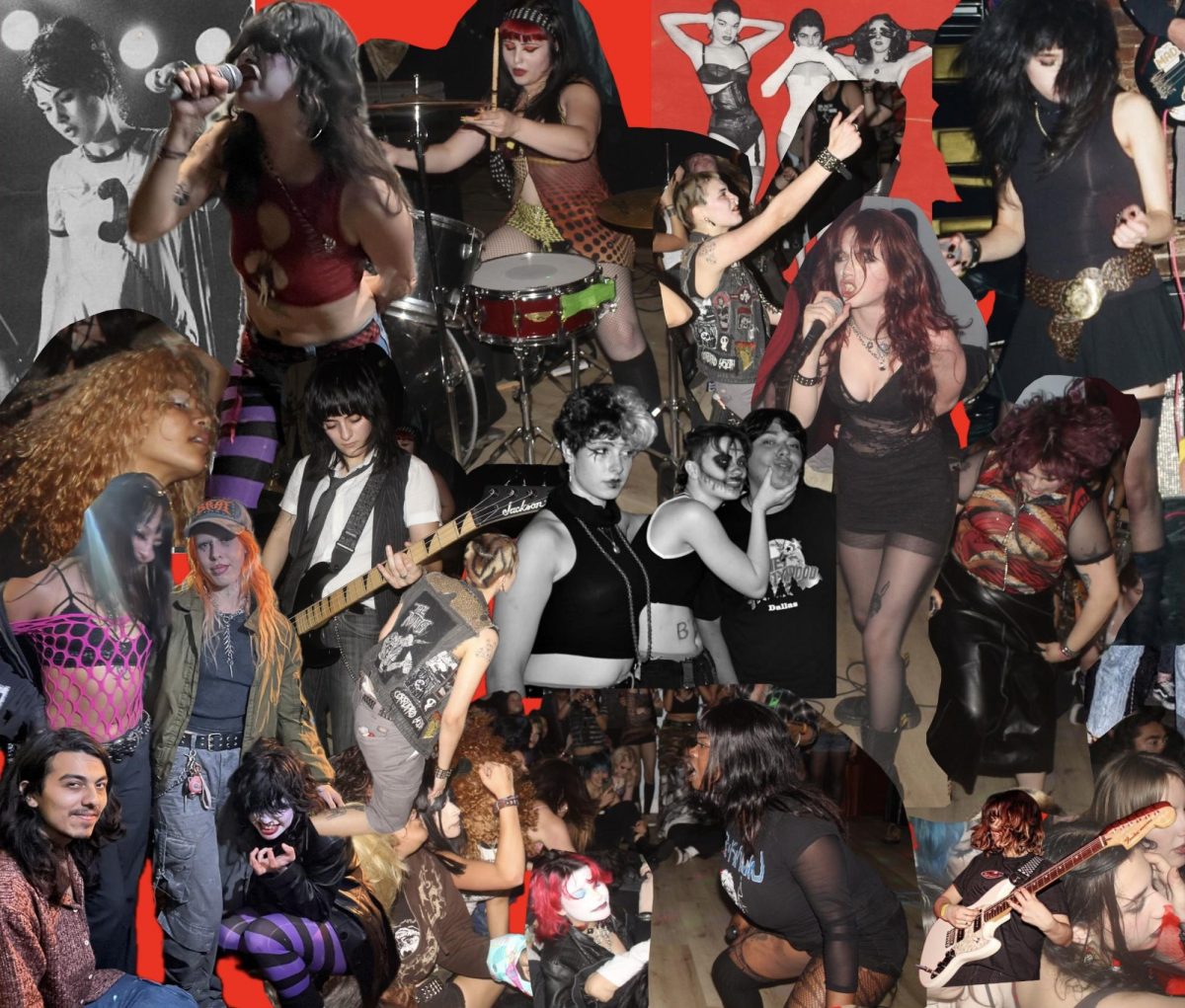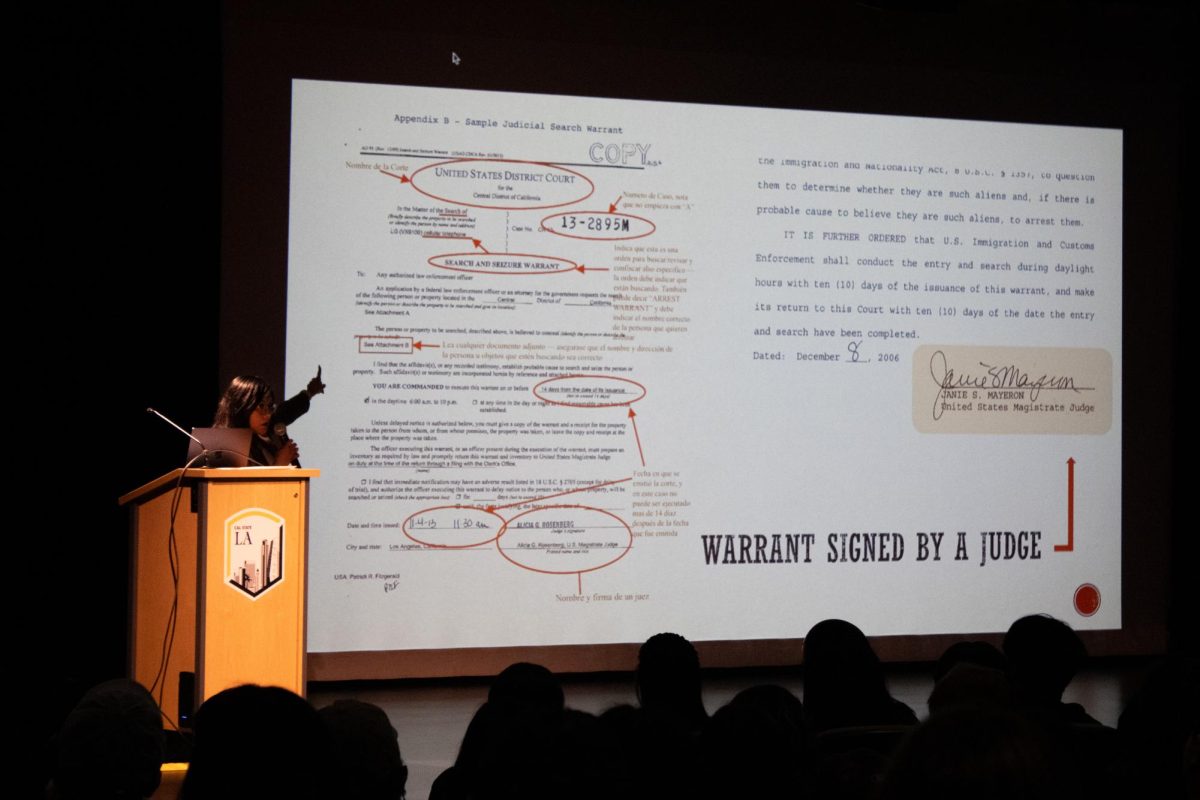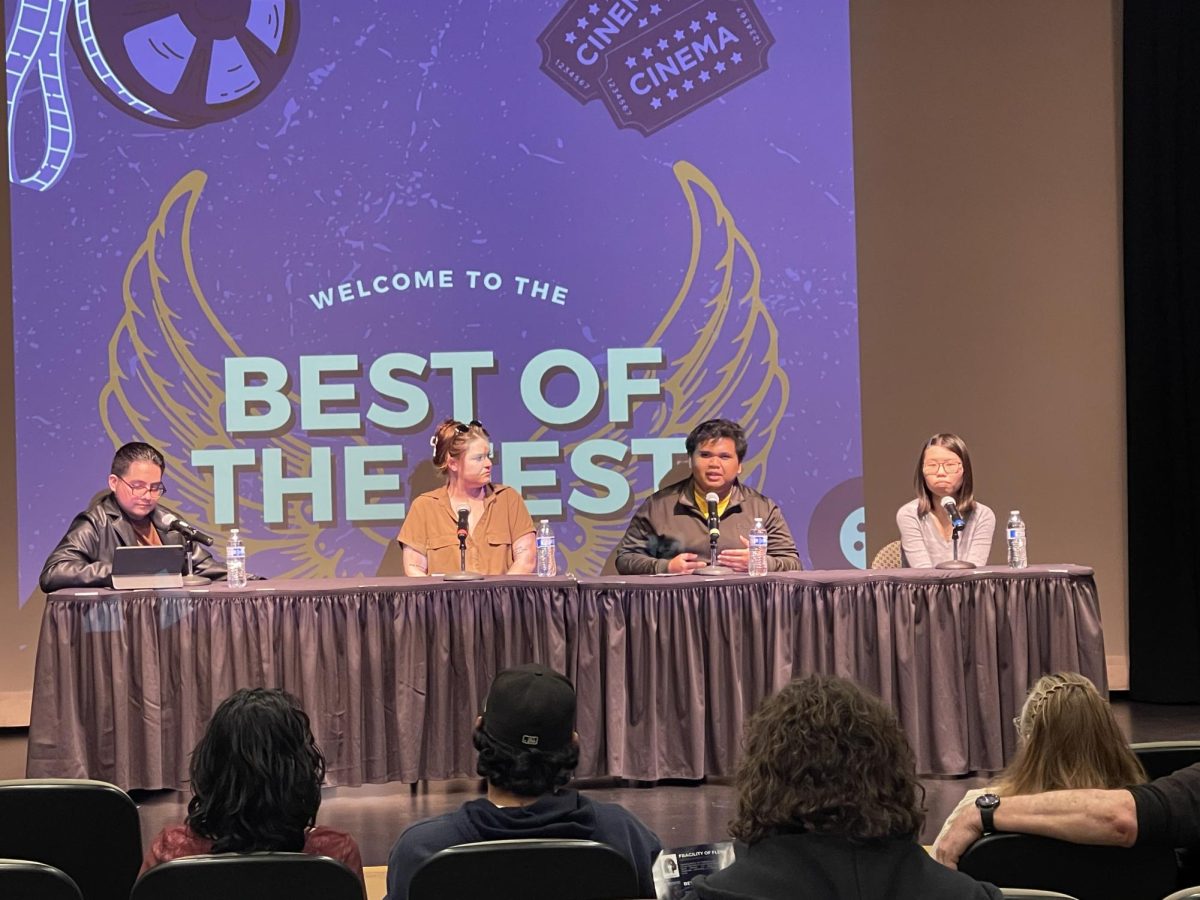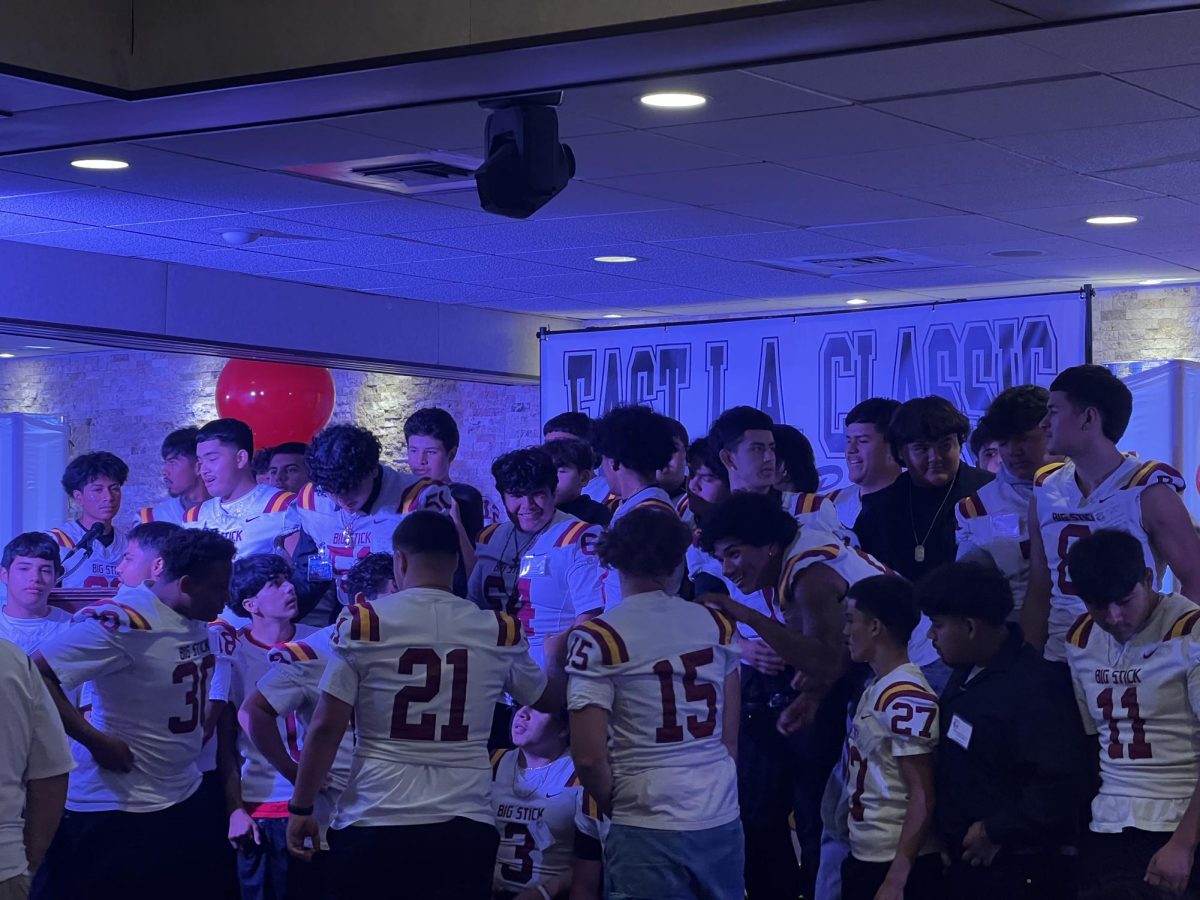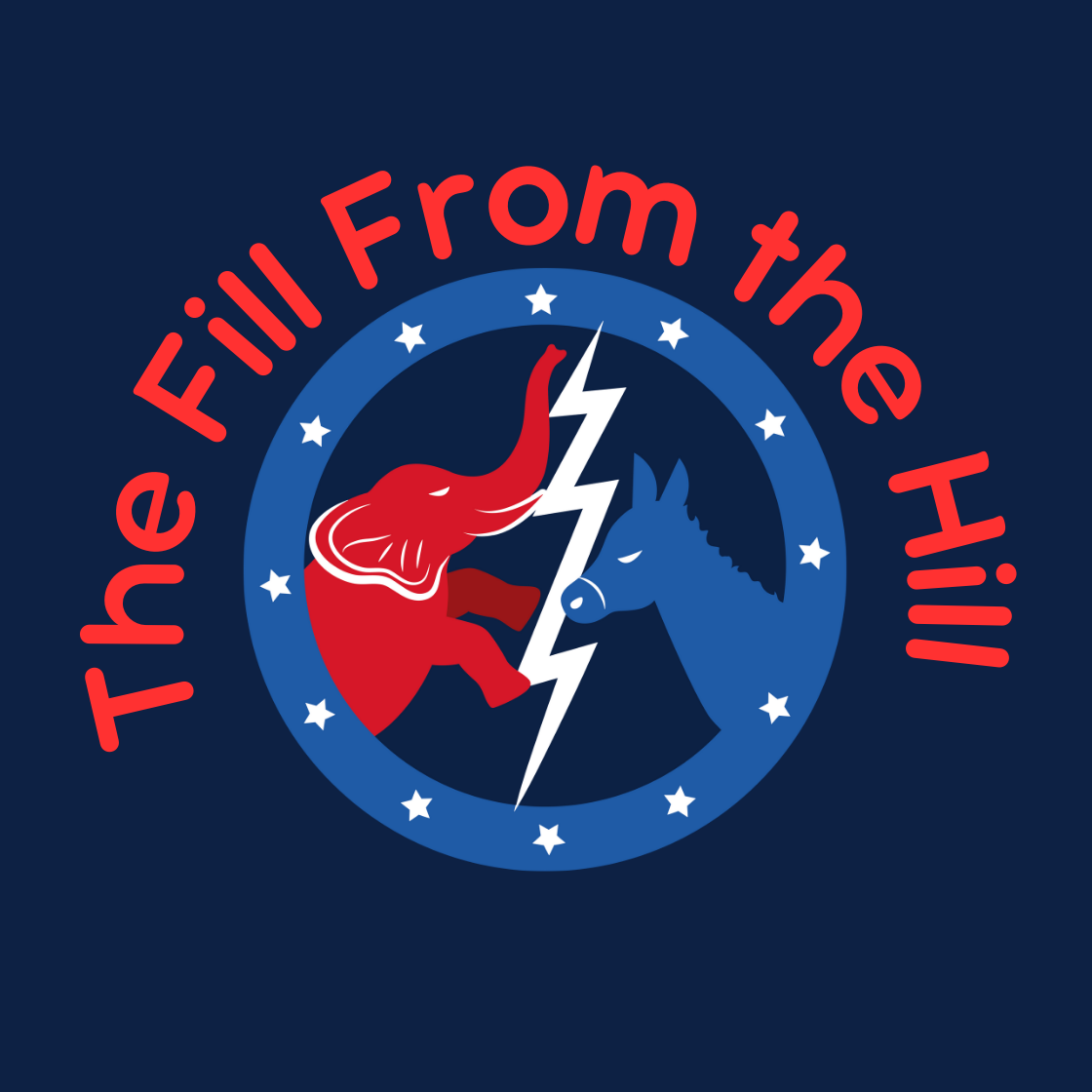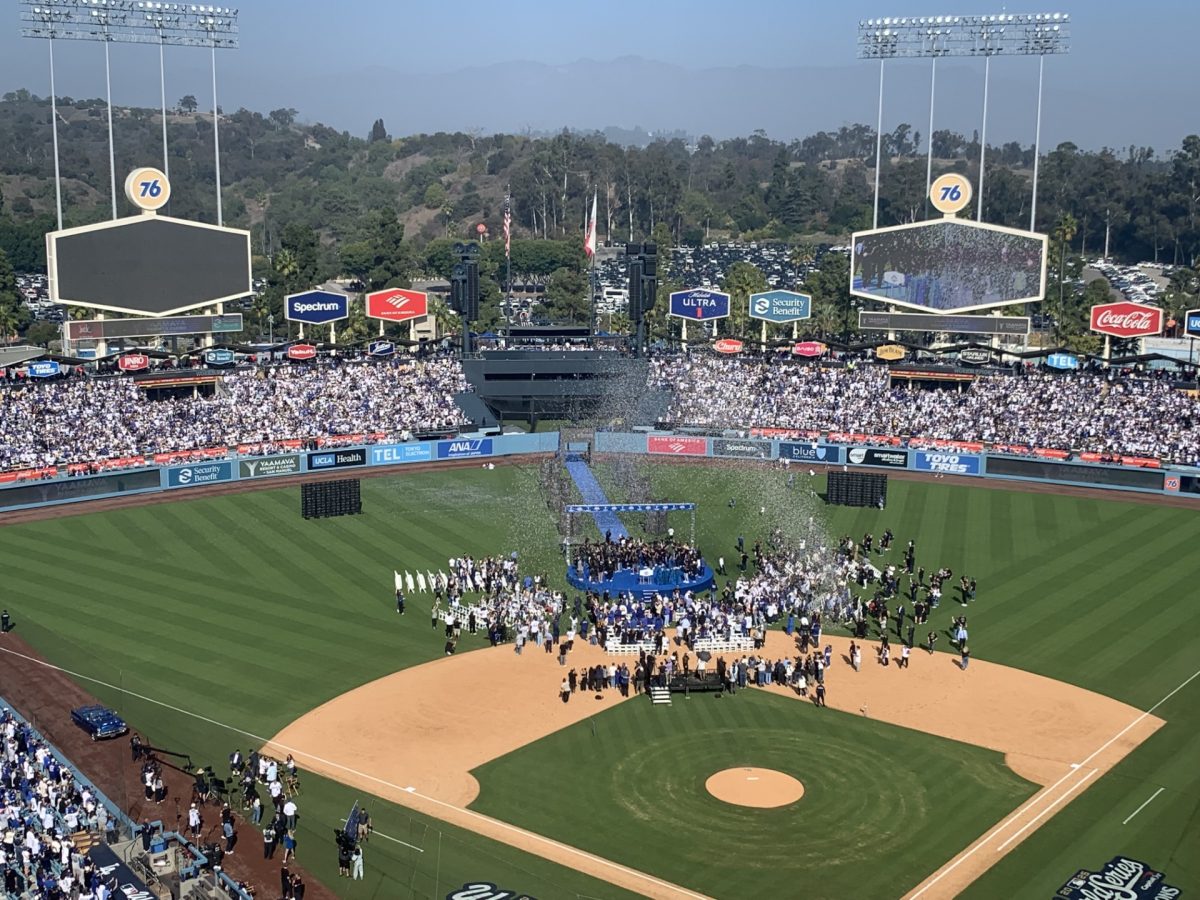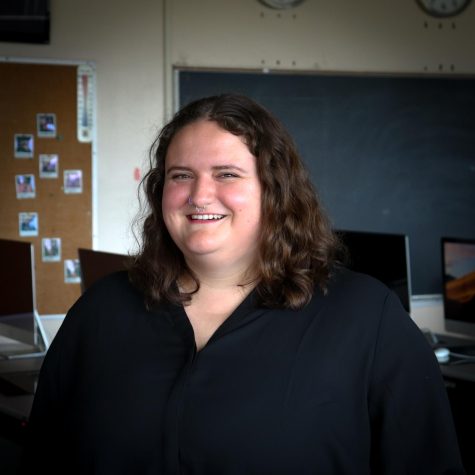Sterilization abuse, infant mortality, welfare and wage exploitation.
These are the topics one bicoastal activist organization strived to combat within Black, Latina, Asian, Indigenous and Middle Eastern women’s communities. Not in 2022 but in 1970.
The Third World Women’s Alliance (TWWA) was active from 1970 to 1980 and was the subject of discussion at a book talk co-sponsored by the UCLA Gender Studies program and Cal State’s Gender and Sexualities program as part of Women’s History Month.
Kimberle Crenshaw first coined the term “intersectionality” in 1989. It is used currently as a form of acknowledging multiple experiences of oppression.
Ahead of its time, the alliance “was one of the earliest groups to advocate what is now known as intersectional activism, which argued that women faced the triple jeopardy of gender, race and class oppression as well as imperialism,” said Tiana Wilson, a doctoral candidate.
Wilson was a moderator for the book talk event with Patricia Romney who released “We Were There: The Third World Women’s Alliance and the Second Wave” in Oct. 2021 with Feminist Press. This event, which is the first of three sponsored throughout the month in 2022, was on International Women’s Day.
The Third Wave feminist movement is partly known for being when feminism focused on moving away from issues mostly affecting middle-class white women to then focusing on class discrimination, diversity issues and sexual liberation. The Third Wave started in the 1990s, according to the Women’s History website, years after the TWWA ended.
“We Were There is the first full-length monograph on the group and she beautifully interweaves oral history, scholarly archival research and first-person memoir to document how the alliance shaped and redefined second-wave feminism,” Wilson said.
Romney, who was a former TWWA member of the New York chapter, experienced racism and class oppression throughout her life.
“The alliance gave me a way to understand what my own lived experience was as a Black woman growing up in New York City and being working class,” Romney said. “It really shaped my life so I wanted to honor the women of the alliance.”
As an instructor, students kept coming up to her to say there were no women of color when they were learning about Second Wave feminism.
“I thought, ‘Wait a minute, but I was there.’ That’s actually where the title came from,” Romney said. “I wanted to set the record straight and give the complete story.”
When writing the book, Romney wanted to emphasize the vast diversity in experiences members lived through. She didn’t want the TWWA history to be told by one or two people but instead by many of the alliance’s former members.
“It’s important that we write history while we’re still here and use our own voices and interpretations,” Romney said. “I didn’t want to make the mistake of telling only my perspective.”
In doing so, Romney discovered issues TWWA perpetrated, even in its missions advanced inclusivity.
“What surprised me was what happened in the Bay area around lesbian members who left the alliance,” she said. “I didn’t know there had come a moment in the Bay Area chapter when lesbian women were trying to address their issues of oppression as queer women and the response to them was that it wasn’t relevant to the work the alliance was doing. That was really hurtful and damaging to queer women. It was important to me to acknowledge that because our platform stated that we supported the right of homosexuals and understood they were oppressed and supported their right to exist. Somehow that got lost.”
In the last decade, Romney said that there have been discussions among many of the former members for this grave oversight within their alliance.
“Even if we hold up the alliance as our root, as our ‘sheroes,’ it’s important we acknowledge that there were mistakes and that people are human,” said Dr. Maylei Blackwell, vice chair and director of Graduate Studies of Chicano/a and Central American Studies at UCLA.
Much of the early feminist movements were exclusionary with women of color, queer women and non middle class women which was about the exact opposite of what TWWA was supposed to stand for.
“There was a whole period where we didn’t call each other feminist because it felt as though that terminology really adhered to middle-class women who certainly had issues such as equal pay, equal work, household labor issues and social reproductive issues,” said Linda Burnham, another former TWWA member. “But it was kind of a glass ceiling feminism. That’s not who we were. We really felt we had to carve out space for ourselves where we can do what’s now called intersectionality. There was just no way we could do that in organizations where we were a minority.”
Another reason TWWA didn’t consider themselves feminists is due to being so ahead of its time.
“We were talking about the liberation of all people, not just women so that was an important distinction and it was not very common in the early days to use the term feminism in that time,” Romney said. “As ideas of feminism evolved, scholars and activists began to develop thoughts about feminism of color. By that time, the alliance was no longer in existence.”
Most commonly, the TWWA was referred to by scholars as a Black women’s organization, according to Blackwell.
In her book, Romney makes a stance that it was really a woman of color organization because of the vast diversity of women of color, not just Black women, within the alliance.
“It’s important because it was accurate,” Romney said. “It was the labor and commitment of all of us to come together, work together and stay together across these racial ethnic divisions because we believe we experience different things but that we all experienced racism. We all experienced class oppression and we’re all part of colonized communities.”

